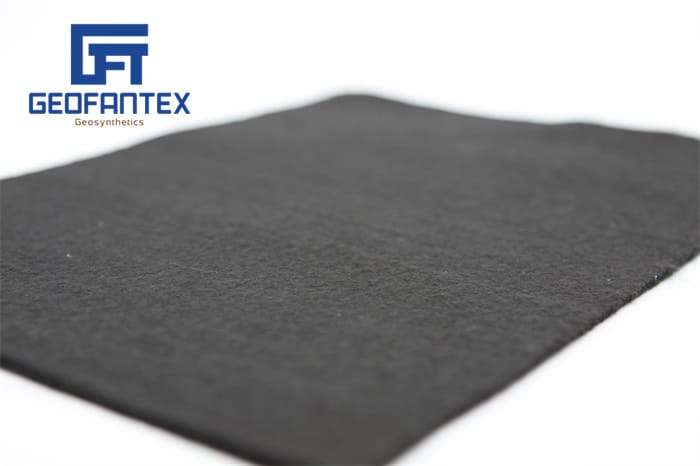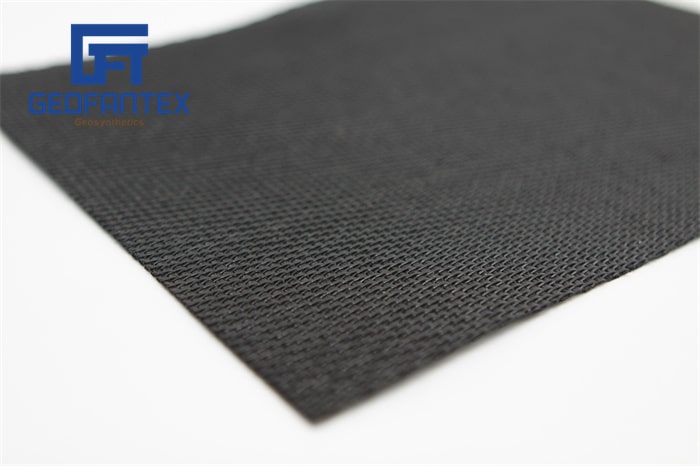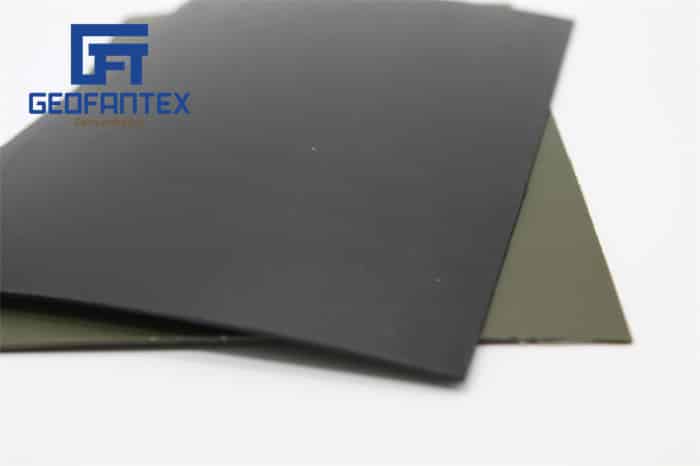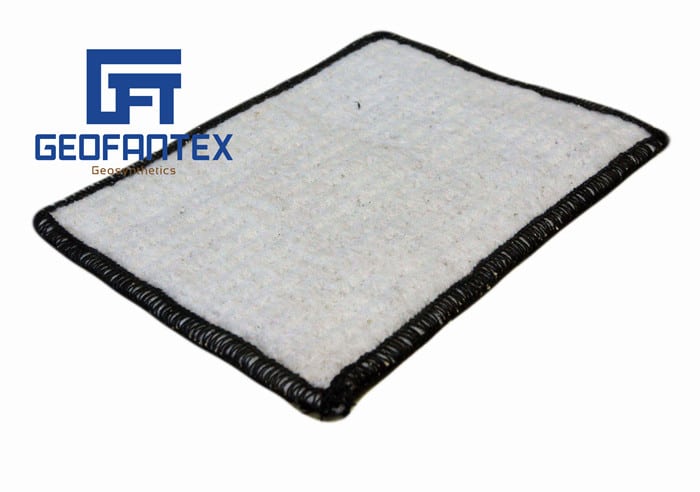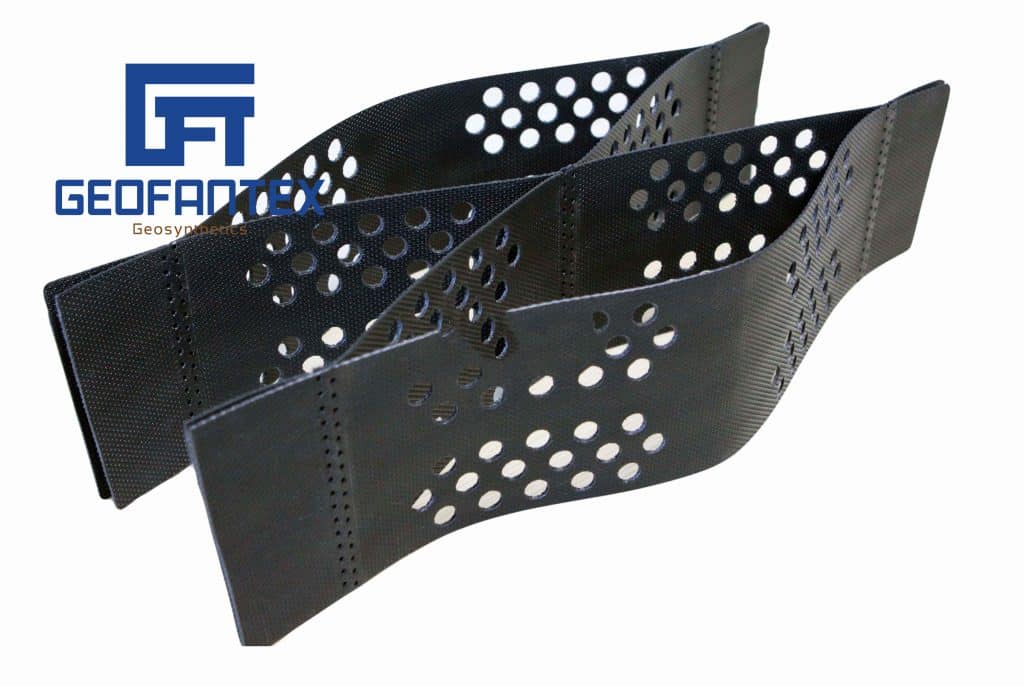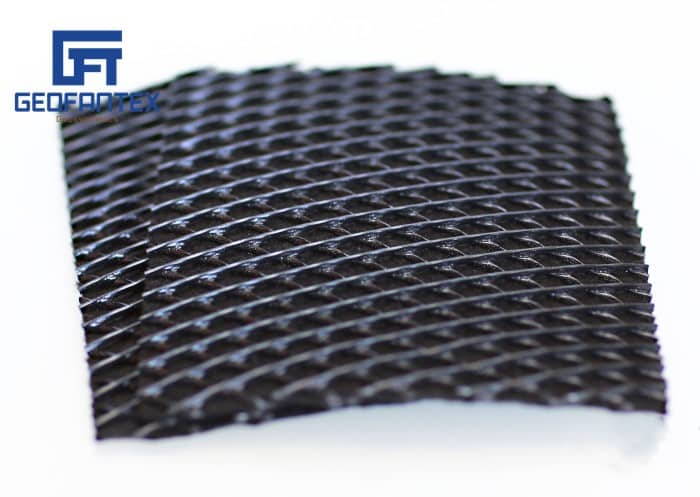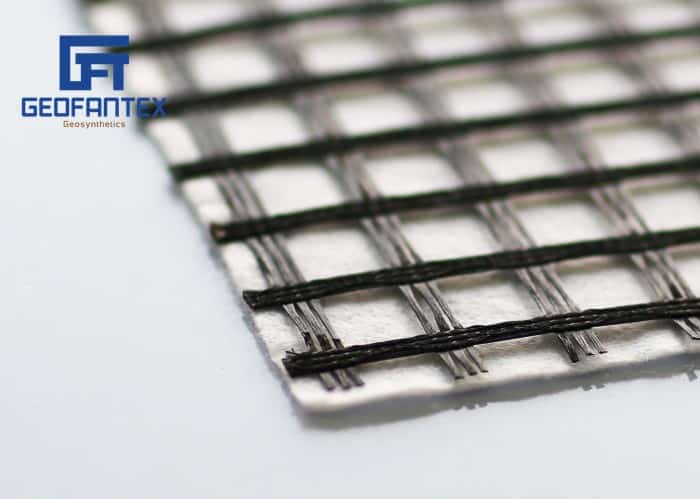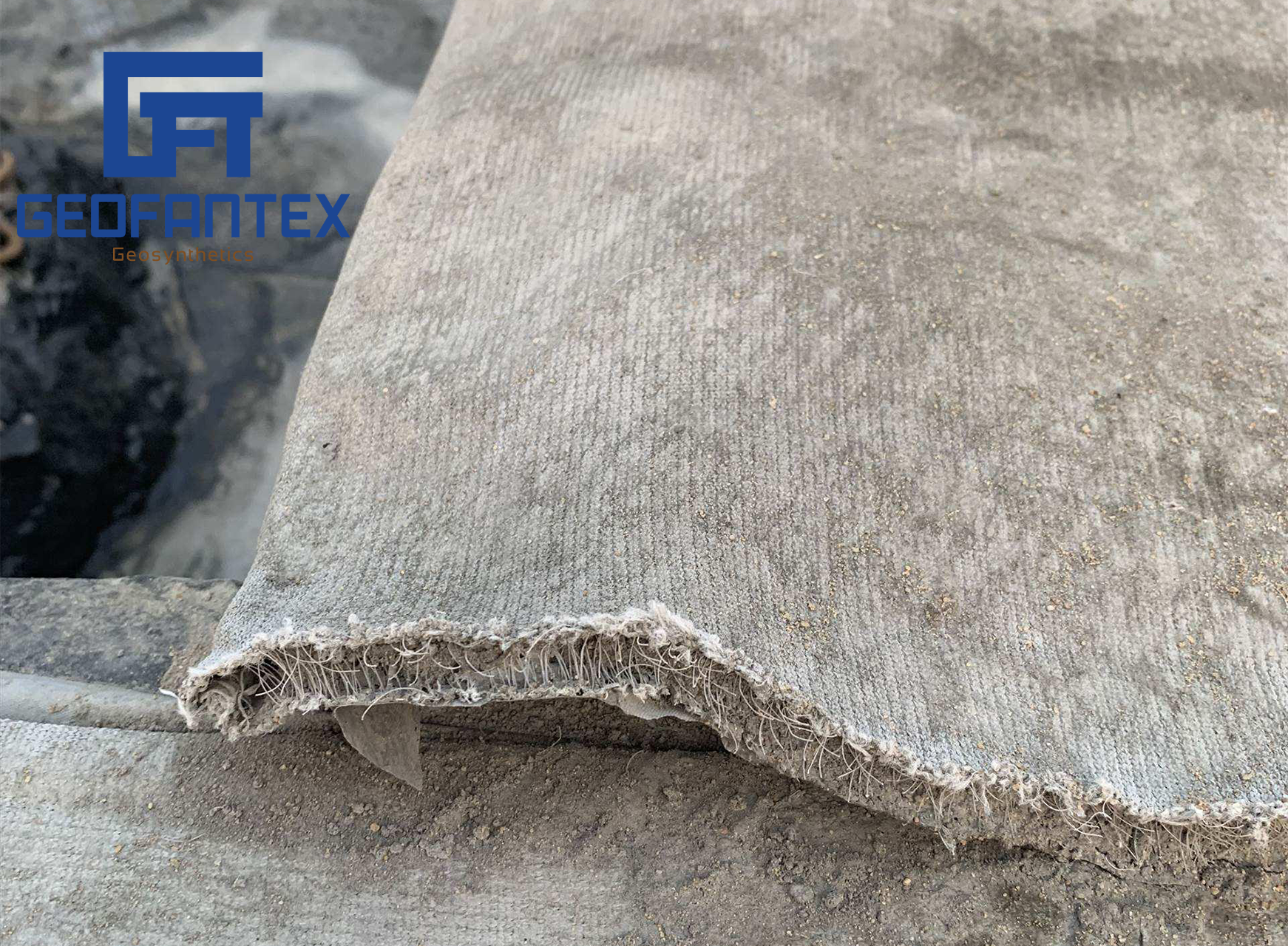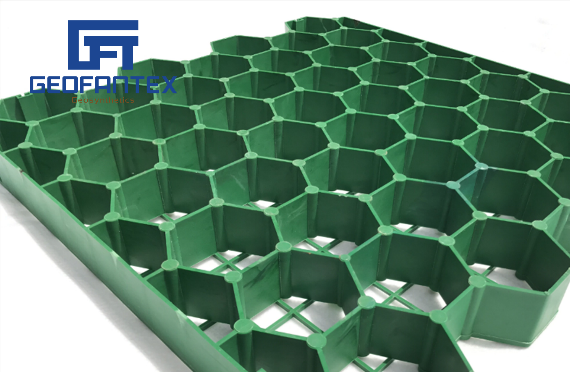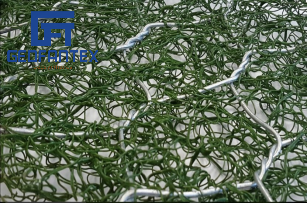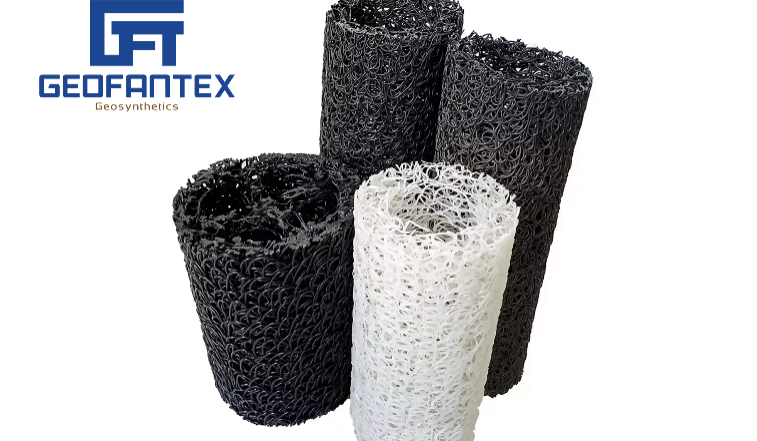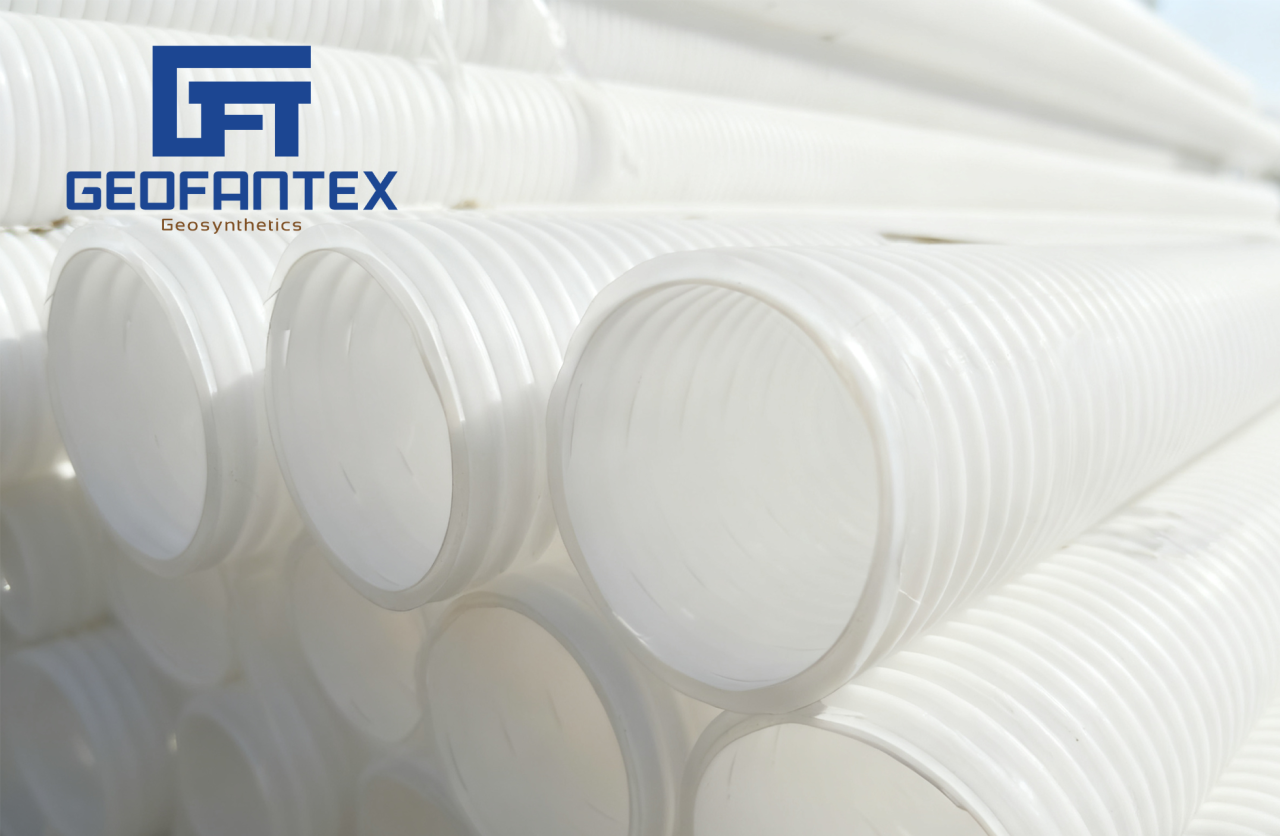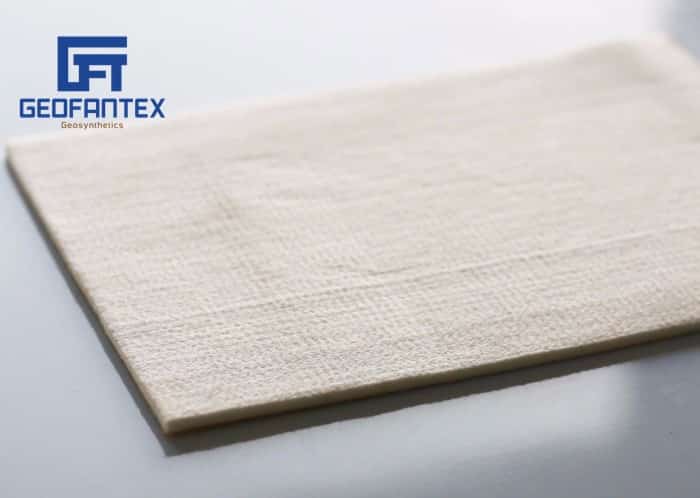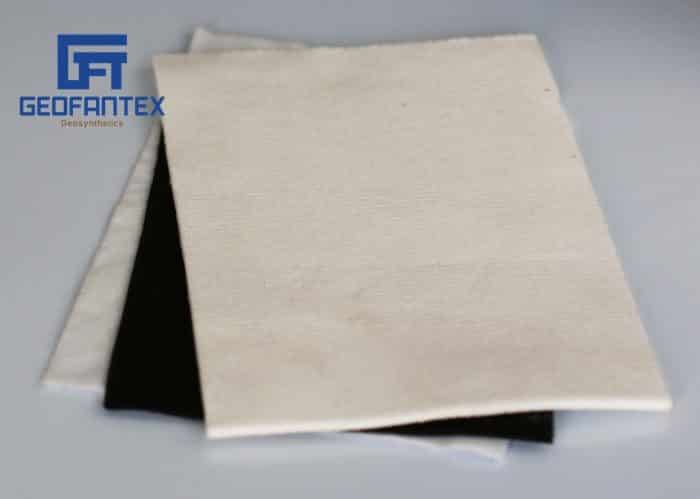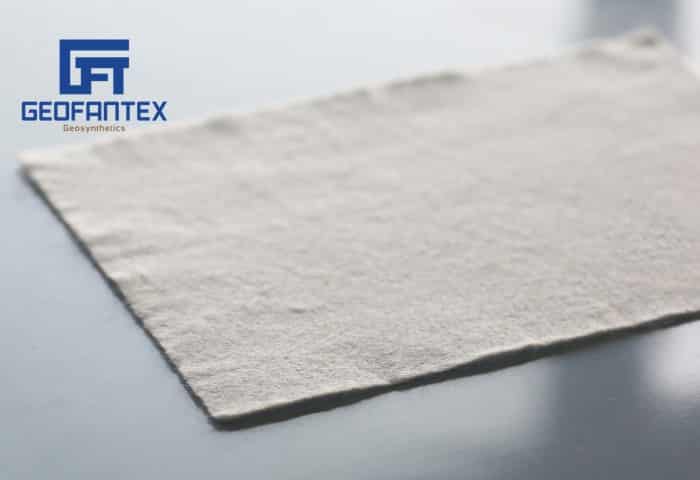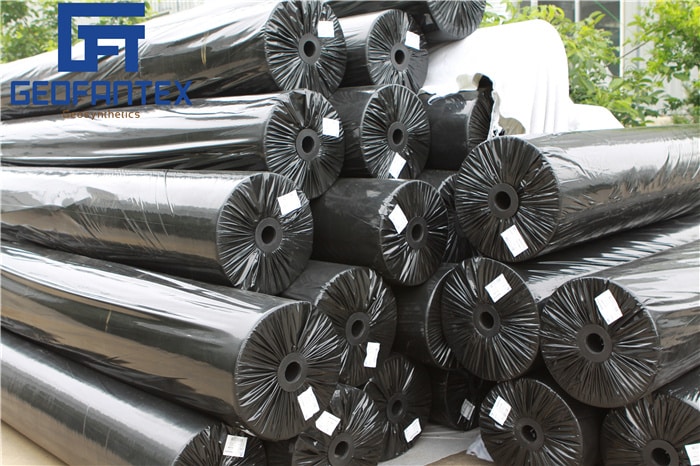+86-159 9860 6917
info@geofantex.com
geofantex@gmail.com
+86-400-8266163-44899
The geonet barrier is an essential component in modern geosynthetics, offering effective drainage, filtration, and erosion control solutions. It is widely used in environmental protection, road construction, and landfill applications. Below, we explore key industry insights regarding this technology.
What Is a Geonet Barrier and How Does It Work?
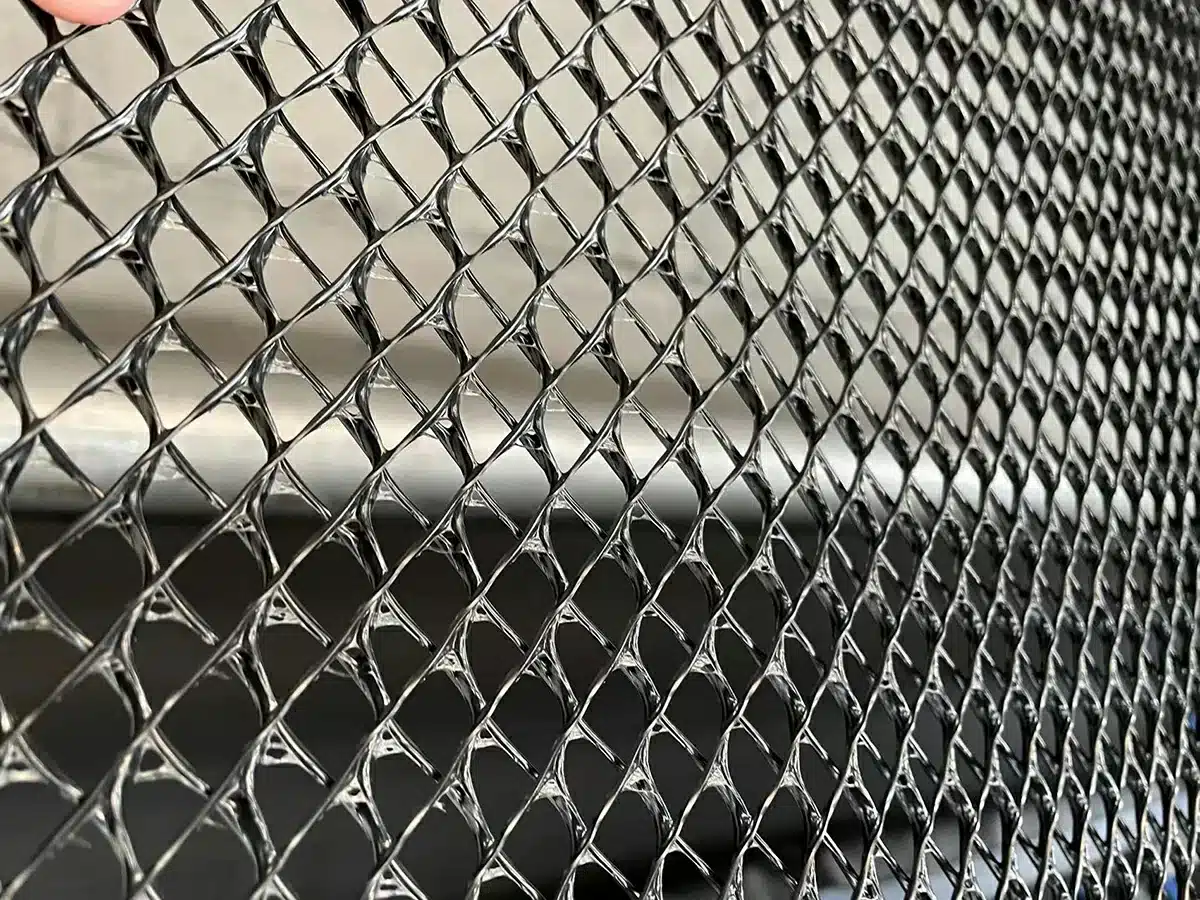
A geonet barrier is a synthetic drainage layer made from high-density polyethylene (HDPE) designed to facilitate fluid and gas movement in civil engineering applications. It consists of interconnected polymeric ribs that create a three-dimensional structure, allowing efficient water flow. This material is commonly used in landfills, roadbeds, and mining applications to prevent water accumulation and soil instability.
What Are the Main Applications of Geonet Barriers?
- Landfill Liners and Caps: They help control leachate and gas movement, improving landfill longevity.
- Road and Railway Construction: Used to improve subgrade drainage, reducing maintenance costs.
- Erosion Control: Protects slopes and embankments from water-induced erosion.
- Mining and Wastewater Management: Prevents fluid buildup in containment areas.
According to the International Geosynthetics Society (IGS), the global geosynthetics market is expected to grow at a CAGR of 6.2% from 2023 to 2030, driven by increasing environmental regulations and infrastructure development.
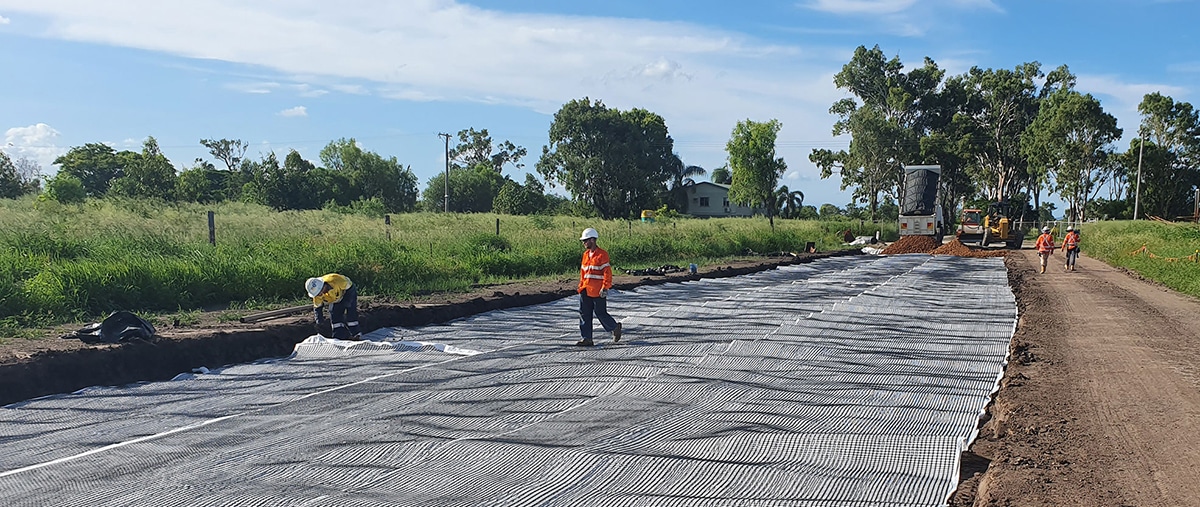
How Does a Geonet Barrier Improve Drainage Efficiency?
Unlike traditional drainage layers, geonets offer a flow rate up to 30 times higher than gravel-based systems (source: Geosynthetic Research Institute, 2023). Their structured design enhances water movement while reducing weight and material costs, making them a cost-effective alternative for large-scale projects.
What Are the Environmental Benefits of Using Geosynthetics?
Geonets and other geosynthetics reduce the reliance on natural materials like gravel and sand, leading to lower carbon emissions. A study by the U.S. Environmental Protection Agency (EPA) found that geosynthetics reduce construction-related CO₂ emissions by up to 50%, making them a sustainable choice for modern engineering.
By integrating geonet barriers into construction and environmental projects, industries can enhance performance while meeting sustainability goals.
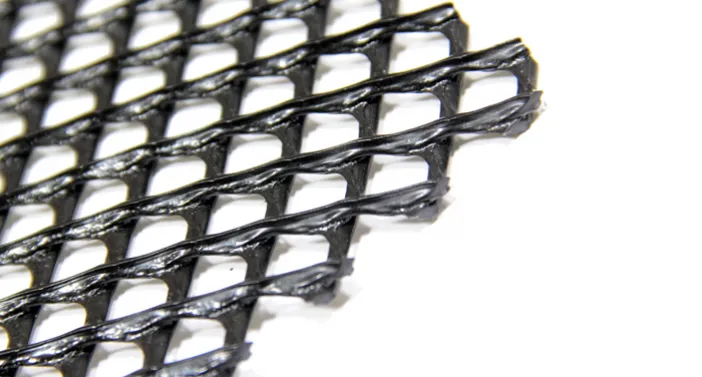
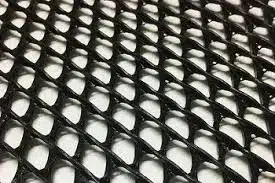
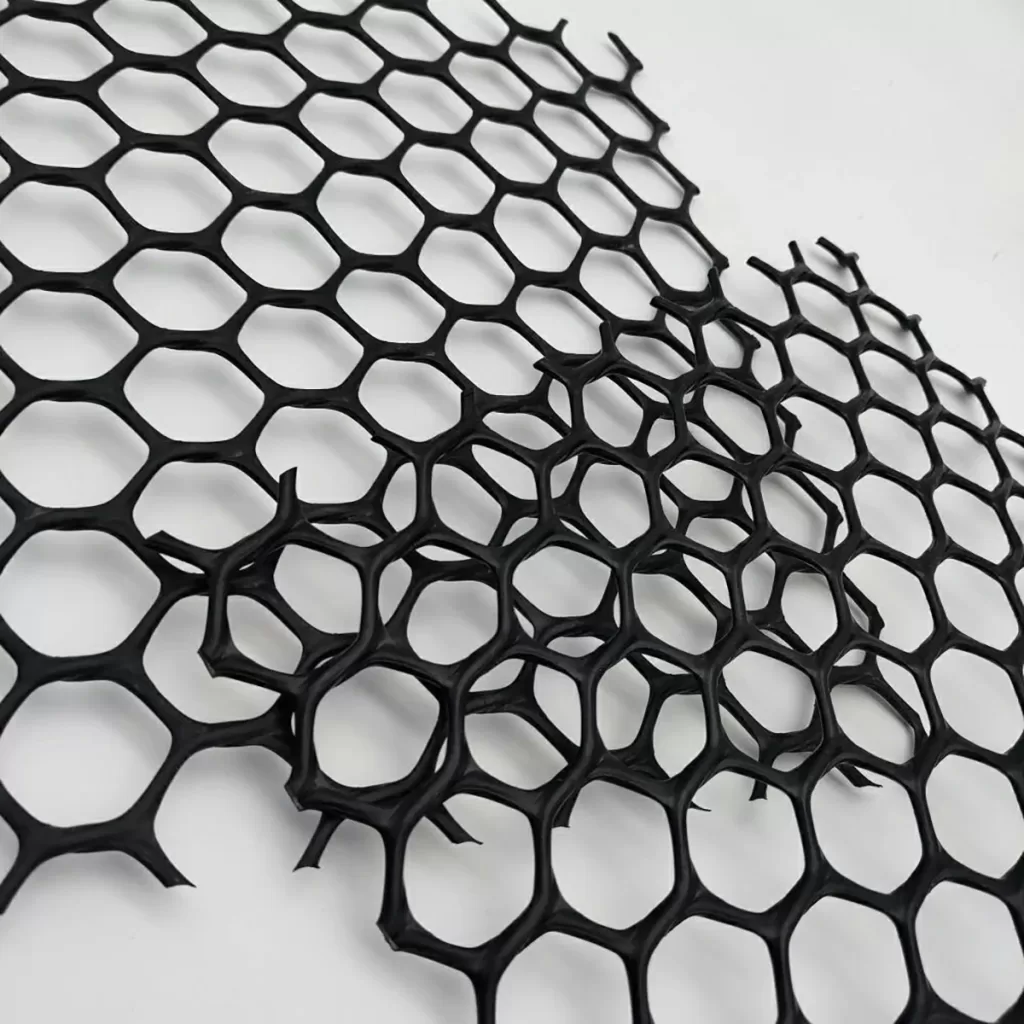
Get Free Sample
We’ll respond as soon as possible(within 12 hours)

